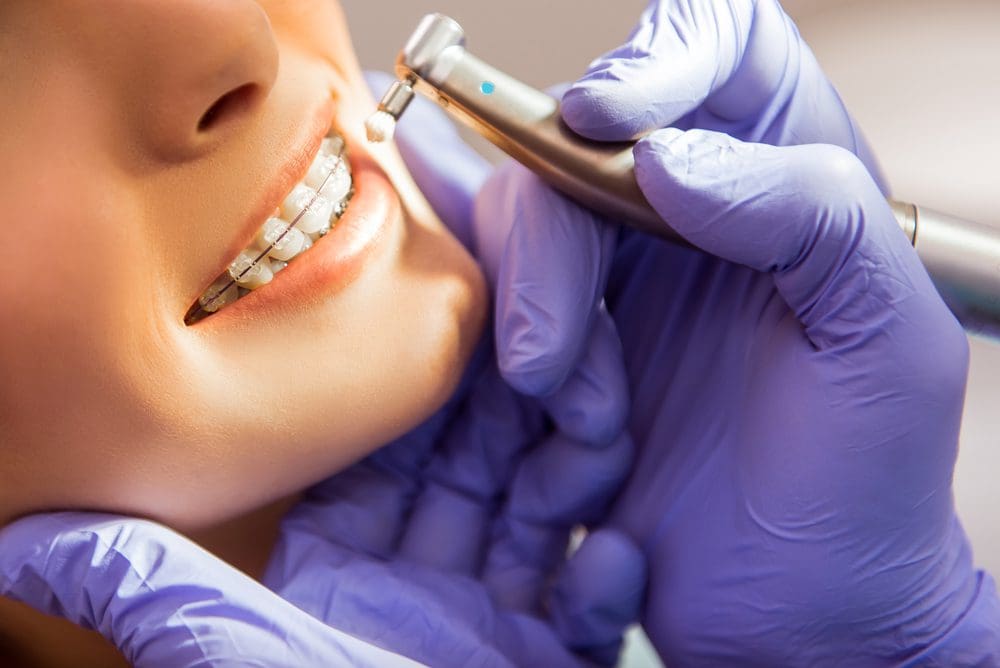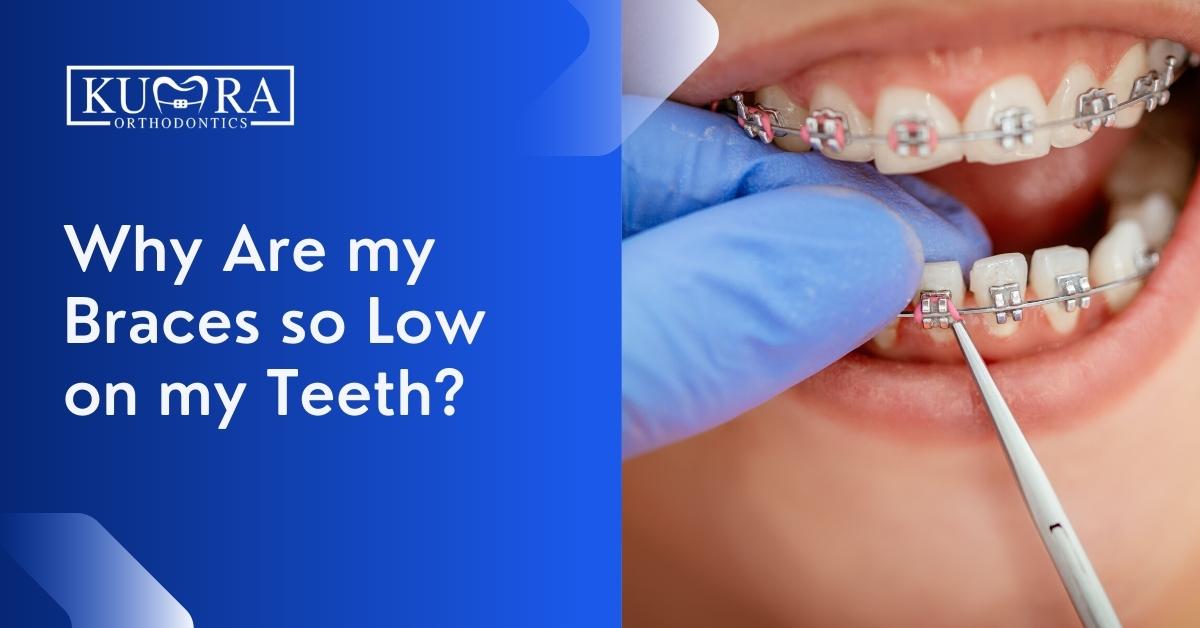The Advantages of Selecting a Cumming Orthodontist for Your Braces and Aligners
Wiki Article
Comprehensive Guide to Orthodontics Procedures for Remedying Oral Misalignments
In the world of orthodontics, the journey to accomplishing a completely straightened smile involves a myriad of procedures tailored to deal with dental misalignments. From typical dental braces to unnoticeable aligners and also surgical alternatives, the field of orthodontics supplies a variety of remedies to address differing levels of oral irregularities. Recognizing the intricacies of each treatment, including their mechanisms, benefits, and potential drawbacks, is vital in making notified choices concerning one's orthodontic treatment. As we browse through the thorough overview to orthodontic procedures for fixing oral misalignments, the elaborate details of each approach will certainly unravel, dropping light on the path toward a useful and unified dental alignment.Orthodontic Procedures Overview

Along with standard braces and clear aligners, orthodontists might also suggest other treatments like headgear, palatal expanders, or retainers to deal with details placement issues (cumming aligners). These procedures are tailored per client's unique demands and may include a combination of treatments to attain the wanted results. Routine adjustments and tracking are important parts of orthodontic therapy to ensure progress gets on track and to make any type of needed alterations in the process. By undergoing orthodontic treatments, individuals can not only accomplish a straighter smile yet also boost their total oral wellness and feature.
Standard Dental Braces: Exactly How They Work
When taking into consideration orthodontic treatments for oral imbalances, traditional dental braces stick out as a time-tested approach for remedying teeth placing. Standard braces include brackets, cords, and bands that interact to apply continuous stress on the teeth, slowly relocating them into the wanted positioning. The braces are affixed to the teeth using a special adhesive, and the cables are threaded through the braces. By adjusting the tension of the wires, orthodontists can regulate the direction and pressure applied to each tooth, assisting them right into appropriate placement with time.
As pressure is applied to the teeth through the dental braces, the bone surrounding the teeth is reshaped to sustain the brand-new tooth positions. Clients will need regular changes at the orthodontist's workplace to make certain the dental braces proceed to use the correct pressure for effective teeth movement.
Unnoticeable Aligners: Pros and Cons
These clear, customized trays are virtually undetectable when worn, making them an enticing alternative for people looking for a more visually pleasing orthodontic therapy. Individuals can eliminate the aligners before consuming or brushing their teeth, reducing the danger of food getting stuck in the home appliance and simplifying the cleaning process.
Surgical Orthodontic Options
Surgical interventions in orthodontics present practical click to read more choices for attending to complicated dental misalignments that may not be effectively dealt with through conventional orthodontic treatments. While unnoticeable aligners and conventional braces can correct many orthodontic concerns, particular situations need medical treatment to accomplish ideal results. Surgical orthodontic options are typically recommended for severe malocclusions, substantial jaw discrepancies, and instances where the underlying bone structure needs modification to achieve appropriate positioning.One common surgical orthodontic procedure is orthognathic surgery, which entails rearranging the jaws to fix useful problems such as difficulty eating or talking. This surgery is usually done in partnership with an orthodontist that assists align the teeth prior to and after the procedure. Surgical orthodontics might likewise entail procedures to expose affected teeth, remove excess periodontal tissue, or improve the jawbone to produce a more unified facial account.
Before thinking about surgical orthodontic choices, patients undertake an extensive evaluation to figure you can try this out out the necessity and prospective advantages of such interventions. cumming invisalign. While surgical treatment might seem daunting, it can significantly boost both the function and aesthetic appeals of the smile in situations where conventional orthodontic therapies fall short
Retainers and Post-Treatment Care

Failure to abide with post-treatment treatment instructions can result in regression, where the teeth progressively relocate back in the direction of their initial settings. Constant retainer wear, good oral health, and normal dental check-ups are vital for maintaining the outcomes attained with orthodontic surgery and making sure the long-lasting stability of the corrected dental placement.
Verdict
To conclude, orthodontic procedures offer numerous alternatives for remedying dental misalignments. Traditional dental braces utilize metal braces and cables to shift teeth right into appropriate alignment. Undetectable aligners supply a more very discreet option but might not be appropriate for all cases. Surgical orthodontic alternatives are available for much more severe imbalances. Retainers are frequently used post-treatment to keep the new alignment. Generally, orthodontic procedures can successfully enhance oral health and wellness and aesthetic appearance.As we browse through the detailed overview to orthodontic procedures for fixing oral imbalances, the complex information of each method will unravel, losing light on the path toward a unified and practical oral alignment. - cumming aligners
One of the most usual orthodontic therapies is the use of braces, which are composed of steel braces and cables what dentist do that use gentle stress to progressively shift teeth right into the wanted placement.When thinking about orthodontic therapies for oral misalignments, traditional dental braces stand out as a reliable technique for fixing teeth placing. Additionally, unseen aligners might not be suitable for complex orthodontic problems that call for even more considerable teeth movement, as they are normally advised for light to modest situations. Retainers are tailor-made orthodontic tools made to hold teeth in their dealt with placements after the conclusion of orthodontic therapy.
Report this wiki page